Name Jacob Holdt Role Photographer | Education Krogerup Movies American Pictures | |
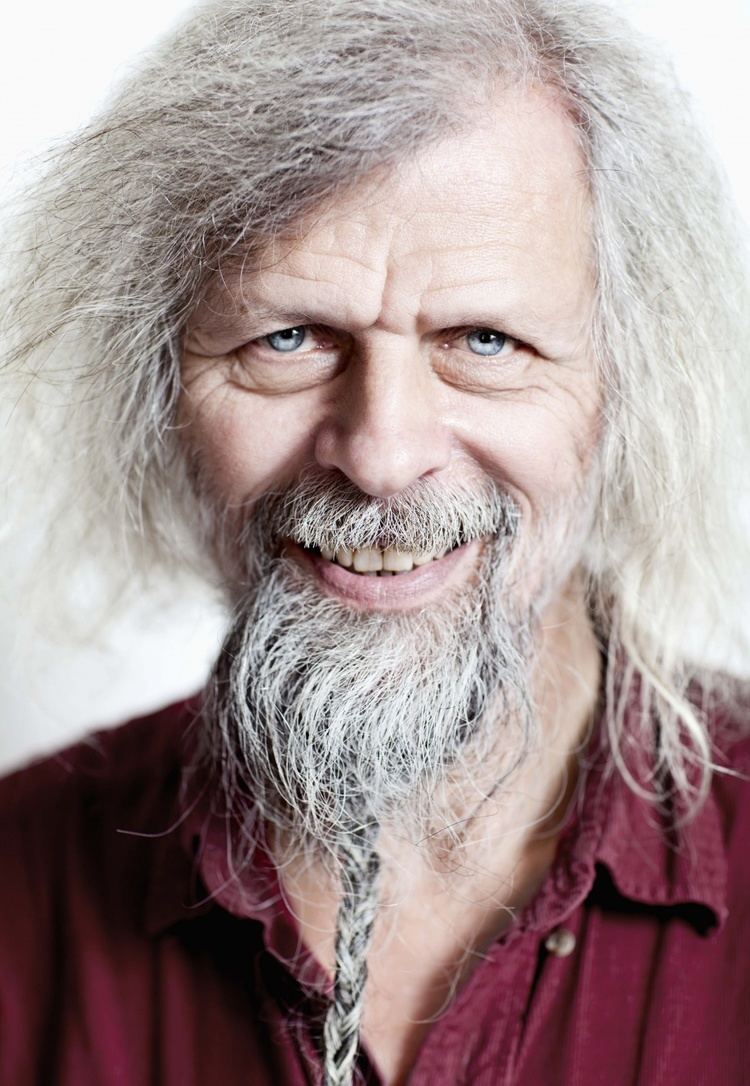 | ||
Books American Pictures, United States 1970-1975, Jacob Holdt Children Daniel Jacob Rostrup Holdt, Isabella Lucie Rostrup Holdt | ||
Neil young alabama by joey vaughan world blues attack photographs of the south by jacob holdt
Jacob Holdt (born 29 April 1947 in Copenhagen, Denmark) is a Danish photographer, writer and lecturer. His mammoth work, American Pictures, gained international fame in 1977 for its effective photographic revelations about the hardships of America's lower classes.
Contents
- Neil young alabama by joey vaughan world blues attack photographs of the south by jacob holdt
- Anni f nsby om jacob holdt
- Early life
- Life as a photographer
- Relationship with Sapphire
- Holdts works
- References
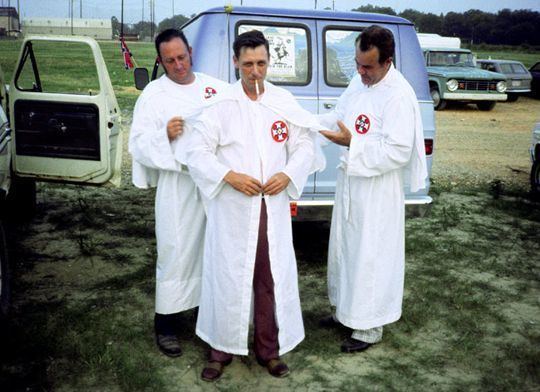
Anni f nsby om jacob holdt
Early life
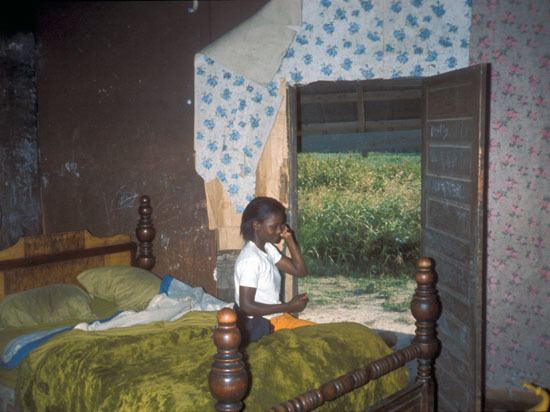
Born in 1947, Holdt was the son of the pastor at Grundtvig's Church in Copenhagen. In 1950, the family moved to the small village Fåborg where he spent most of his childhood. After being thrown out of high school in 1965 he went to Krogerup Folk High school, north of Copenhagen. After 8 months in the Royal Palace Guard he was thrown out and then for a couple years involved in protests against the Vietnam War and the conditions in the Third World.
Life as a photographer
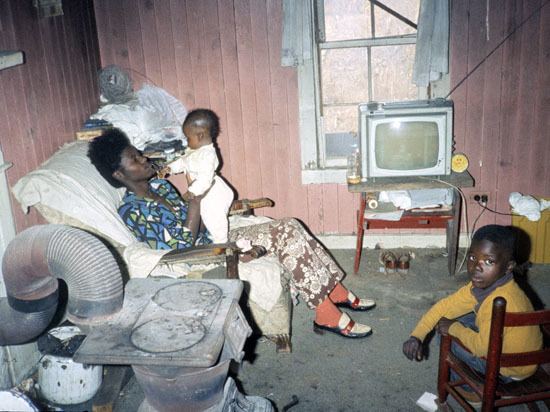
In the spring of 1970, Holdt set off to Canada invited to work on a farm. From here he planned to hitchhike to Chile where he intended to support Salvador Allende’s democratic struggle for social justice. But on his way through the United States, he was held up at gunpoint by young blacks and instead quickly got involved in the black struggle for the next four years.
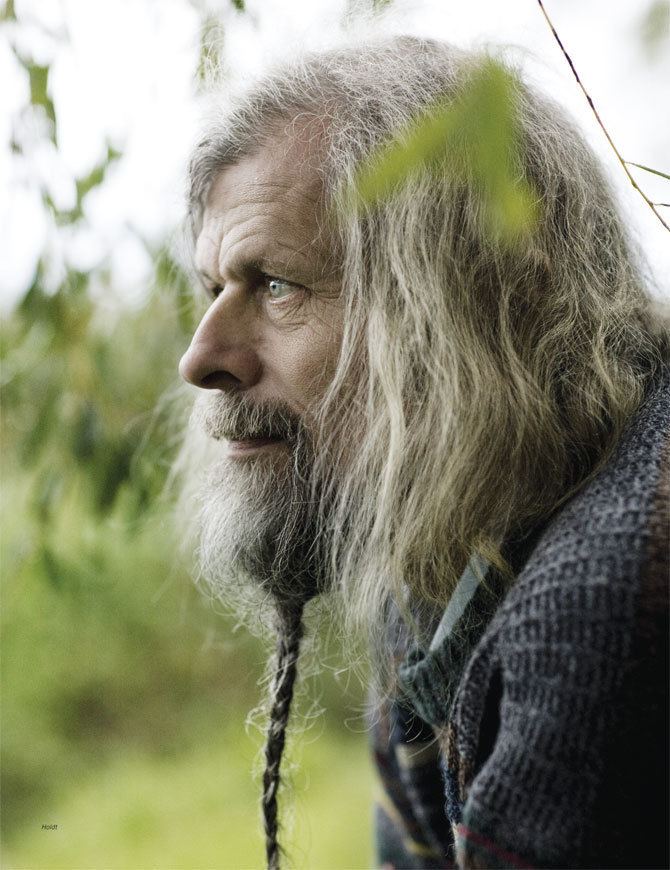
Arriving with only $40 in his pocket, Jacob Holdt was shocked and fascinated by the social differences he encountered. He ended up staying in the USA more than five years, criss-crossing the country by hitchhiking more than 100,000 miles and recording his impressions on film.
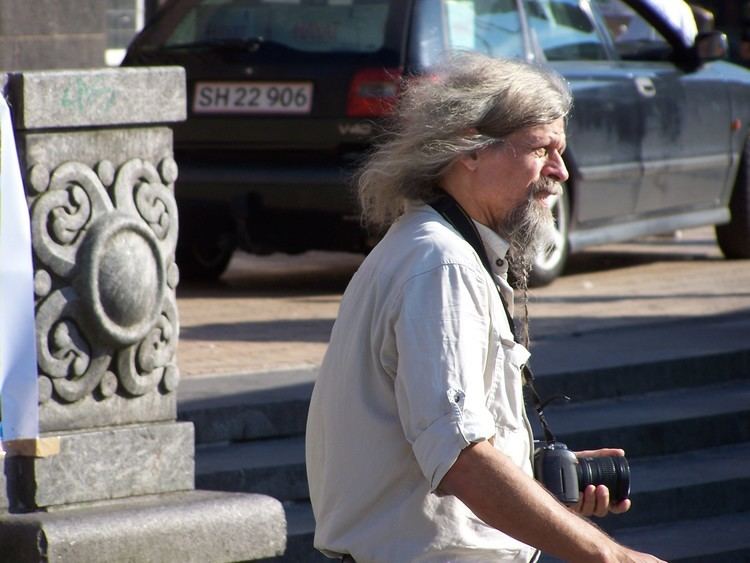
He sold blood plasma twice a week to buy film. He stayed in more than 400 homes - from the poorest migrant workers to America's wealthiest families (for instance, the Rockefellers) - recording these encounters on over 15,000 photographs taken with a cheap pocket camera. He would live with people who were so hungry they ate cat food and dirt, often in rat-infested shacks.
His work captures the daily struggle of the American underclass and contrasts it with images of the life of America's elite. Upon returning to Denmark in 1976, Holdt began lecturing on social differences in the United States and published a book: American Pictures ISBN 87-981702-0-1. which is available on Holdt's website. He later presented his slideshow at over 300 college campuses across the United States.[2] [3]
American Pictures had a profound impact on the youth in Scandinavia and Germany, and the Communist bloc saw a chance to use his work against President Carter’s human rights campaign. Holdt was approached by the KGB a few months after his slideshow became a success and he saw a chance with the help of the Soviet Union to penetrate the Marxist bureaucracy in Angola. Here it was his intention to spend the money earned from American Pictures in building a hospital in support of the anti-apartheid struggle.
However, when his book was published in 1977 the KGB revealed to him that it was their intention to use it in an all-out campaign against Carter to try to demonstrate that human rights were violated just as egregiously in America as in Russia. Only a month after its publication, Holdt therefore hired his lawyer, Søren B. Henriksen, to stop his own book all over the world. Except for Germany, Holland and Scandinavia, where they already had contracts with his Danish publisher, he managed to stop it, and did not release it again until the end of Communism.
As a result of losing most of his expected income from the book, Holdt could not finance a hospital, but only a nursing school built for the Namibian resistance group SWAPO in Kwanzu Zul in Angola with matching funds from the European Union. After the liberation of Zimbabwe in 1982 he also supported projects there. At the end of the cold war he was briefly accused of having been a KGB-agent, but it was easy for his publisher, Dagbladet Information, to show that he had actually worked for the other side and had even flown President Carter’s human rights envoy over to approve his film manuscript intended for the American market.
Along with his continuing lectures Holdt has since 1991 worked as a volunteer for CARE in several third-world countries. He has continued to document the lives of those in poverty while working for CARE.
His most recent projects have also focused on white supremacist hate groups. Holdt spent time living with leaders of the Ku Klux Klan and photographing their daily lives. Holdt is sympathetic with the people he encountered in these groups, pointing out that most grew up under marginal circumstances and often were victims of child abuse. Holdt emphasizes the similarities in background between white supremacists and poor minorities.
Holdt's ability to capture representations of the "filthy rich" and poverty in America resulted in him being nominated as one of the four shortlisted photographers for the Deutsche Börse Photography Prize 2008. At the exhibition at The Photographer's Gallery in London Holdt presented his photographs for the prize in an effective and mesmerizing slideshow - each image beamed onto a plain white wall in a darkened room, immersing the audience in the dark and dreary world of poverty and maximizing the impact.
Holdt lost out on the prize to the photographer Esko Männikkö from Finland. Later he received the Fogtdal Photography Prize in Denmark, where he also is the recipient of lifelong artist’s grant from the government.
From 02.10.2009 until 07.02.2010 Holdt's pictures were exhibited in Louisiana Museum of Modern Art.
Relationship with Sapphire
The film Precious premiered in Denmark in February 2010. Jacob Holdt was invited to introduce the event. In an interview reported in the Danish newspaper Politiken, he speaks emotionally of the time he spent with Sapphire in the 1980s in Harlem. They inspired each other and shared a deep interest in issues of oppression having both explored it from the street level.
